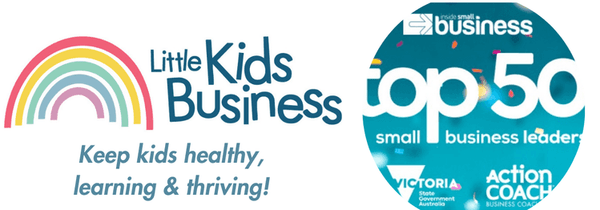Let's be honest, no one likes to change a Poo Baby.
There are plenty of other things that you would like to be doing however I would like you to ask yourself the following:
Is your perception the reality? Is it easier than you think?
Congratulation, you have decided to use Reusable Swim or Cloth Nappies.
One of the big things that attracts many people to using cloth nappies over disposable nappies is that they are more environmentally friendly.
On average, a baby goes through around 4,000 nappy changes in their first year of life. This means that by the time your toddler has toilet trained, you could have spent over $3,000 on disposable nappies alone.
Some people say that the cost of washing the cloth nappies ruins the fact that you save money on the actual nappies. However, even if you go all out on buying cloth nappies and have an expensive wash routine, you’ll still probably stay under half of the cost of disposable nappies.
Before you begin to use cloth nappies however, you will need to make the decision whether you are going to use a dry pale or a wet pale/bucket to store dirty nappies until it is time to put a load in the washing machine.
Should I Store dirty Swim or Cloth Nappies in a Dry Pale or a Wet Pale?
Every exposed water source, no matter how shallow, poses a significant danger to inquisitive kids . It is possible for a toddler or child to drown in five centimetres of water. This means that if you are going to use a wet pale or bucket It is important to provide barriers to prevent access.
If you choose a wet pale, you might prefer the Soka as it comes with strainers and individual compartments and the best bit is that it does come with a lid. I propose that you do not keep it on the floor, this would be unsafe however the Soka is attractive enough to leave on the Laundry bench or in the sink so there is no need to hide it away.
If you are keen on a dry pail, you can use a laundry basket with holes in it. This will be light to carry , it is better to wash your baby’s nappies more frequently to prevent the stains becoming more permanent or very hard to remove.
The main advantage of using a dry pail involves the safety of your kids.
While it is conventional to place cloth nappies into a dry pail without putting anything else, the odour it causes can usually be a problem. This is the reason why a lot of people use things like baking soda or essential oils in their dry pail to solve this issue. Especially if you are not planning to wash your nappies daily, it is important that you use something to prevent the smell. So, here is a recipe you can use in your dry pail to avoid nasty odours:
A Dry Pail Solution Recipe to ensure that your nappy pail is virtually odourless, unless you smell your nappies very closely
· 1 cup bicarb soda
· 1 cup biodegradable washing powder or washing soda crystals
Grind all these ingredients together and put them in a jar.
Whenever you put a dirty nappy into the dry pail, sprinkle this mixture over your nappies to control the odour.
In addition, you may like to toss a cloth soaked in water soluble Tea Tree or Lavender oil into the bottom of the pail and then the nappies on top of it. This is wonderful for both odours, bacteria and microbes
What to do with a soiled reusable swim or cloth nappy?
To ensure your Cloth Nappies receive their best clean and have the ideal level of absorbency we recommend separating your inserts from your nappy cover before placing in the wash.
Note: The Absorbency will increase over time with more washes.
For nappies with solids, discard any solids into the toilet and flush.
Once removed, these nappies can be rinsed to help remove excess waste and stored with the urine filled nappies in a in a dry or wet pail ready for washing.
Prewash
We recommend using a prewash cycle with warm water (no more than 60 degrees) to help remove waste from nappies.
If desired, you can even add half the recommended amount of detergent listed on the pack to this prewash cycle.
Main Wash
Due to the smelly contents we suggest that you use a long or intensive cycle using warm water (no more than 60 degrees) and the recommended amount of detergent.
Drying
It's best to line dry your nappies to prolong the longevity of your nappies. The UV in sunlight also acts as a natural sanitiser, so take advantage of it.
However, you can also tumble dry your nappies if you have the desire.
Smell Test
There is only one real way to tell if you have accurately cleaned your cloth nappies and that is the Smell Test. If you can smell residue of babies wee and poo, please repeat the wash until all odour has been successfully removed.
In no time at all, you will be in the habit of washing your reusable cloth nappies and grateful for the extra money in your purse.



